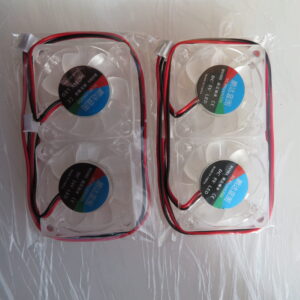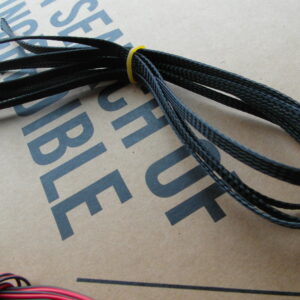Why use a Bi-Metal heat break ?
Usually when you think about upgrading the heat break, it’s because you want to print higher temperature filaments. Most of the heat breaks used on regular printers are made from metal with a PTFE tube inside. This tube thermally insulates the filament before it reaches the nozzle.
Print higher temperature filaments
The PTFE lined heat break is fine for pla prints because you don’t really need to go over 210C. But if you plan to print petg or abs it’s important to have a all-metal heat break to avoid any PTFE degradation and dangerous fumes.
An all-metal heat brake will allow you to reach up to 300C without any concerns, but there’s a downside. pla is a bit harder to print with all-metal heat break.
Better heat transfer
Because the bi-metal heat break uses a better design, the temperature from the heatblock is not transferred to the cold end of the heat break. This means that you don’t need a lot of cooling surface if there’s not much heat to remove.
By upgrading to a bi-metal heat break, temperatures will be lower inside the cold zone and PLA prints with an all-metal heat break will be clog free.
Who came up with the Bi-Metal idea ? The whole idea was introduced with the Slice Engineering Copperhead hotend. They took the great thermal design from the Mosquito Hotend, and adapted it to a heat break.
The whole concept is to use a thin metallic tube between the hot zone and cold zone of the heat break. The thermal transfer is bad trough that thin metallic tube, and this translates in much improved performance in cooling.
When installing the new bi-metal heat break, make sure you don’t overtighten it. The stainless steel tube is thin. If too much pressure is added, the tube can be bent and your precious bi-metal heat break will need to be replaced.





